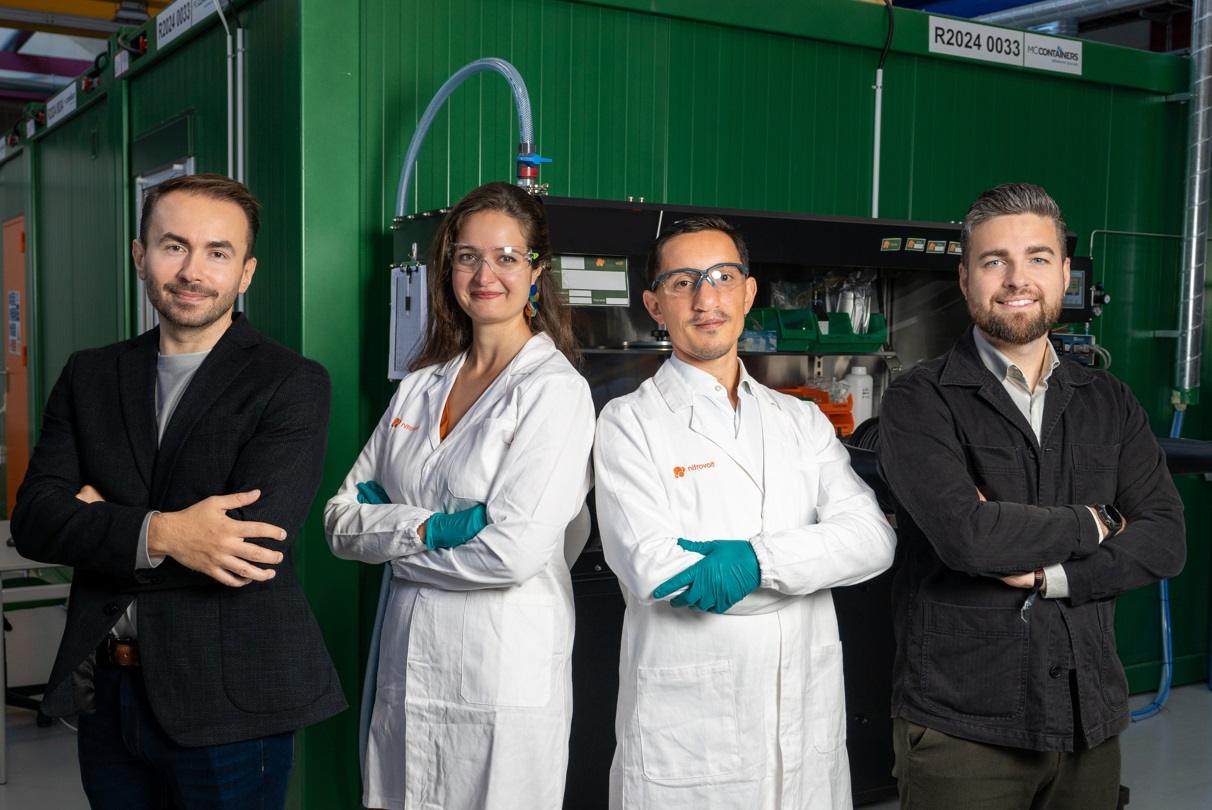Nokia Raises Climate Ambitions with New Science Based Emissions Targets
Telecommunications and networking technology company Nokia announced today new science-based emissions reduction targets, including a new commitment to reduce emissions by 50% across both its own operations and products in use by 2030, from a 2019 base year.
Nokia stated that its new goals have been signed off by the Science Based Targets initiative as being in line with a 1.5°C global warming scenario. SBTi was formed as a collaboration between CDP, World Resources Institute (WRI), the World Wide Fund for Nature (WWF), and the United Nations Global Compact (UNGC), with the goal to establish science-based environmental target setting as a standard corporate practice. Achieving approval of targets by SBTi is a significant milestone for companies’ sustainability efforts.
With the new announcement, Nokia is raising its goals for its climate initiatives, and aligning with more stringent science-based criteria. The company’s prior climate commitments included Scope 1 and 2 targets for a 41% reduction in emissions compared to 2014 levels, and a reduction of 75% (vs 2014) in emissions from products (Scope 3). According to Nokia, the company has achieved 90% of its target savings within its own operations 11 years ahead of target and was on track to deliver its targets for products in use with its customers. The company has also expanded its targets to include nearly 100% of its current product portfolio, and to include emissions from both logistics and assembly factories within its supply chain, as well as emissions from Nokia’s own operations.
Nokia’s prior goals were in line with SBTi criteria for a 2°C warming scenario, while its new goals align with SBTi’s most stringent 1.5°C category.
Pekka Lundmark, President and CEO, Nokia said:
“We have led the way in reducing emissions from our own operations and helping our customers to do the same by continuously innovating to make our products more energy efficient in recent years. But climate change is a race against time. These tougher, new, scientifically-calibrated climate targets mean we will go further and faster to reduce our carbon footprint and ensure sustainability is at the heart of our product design and the smart solutions we enable.”





